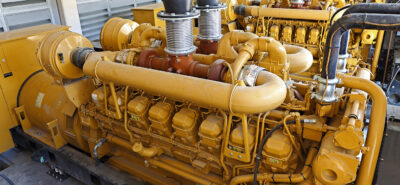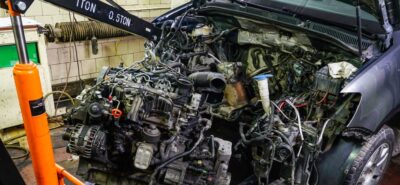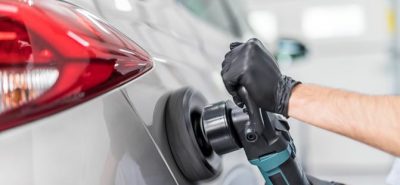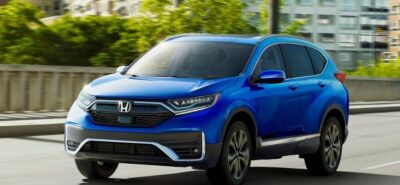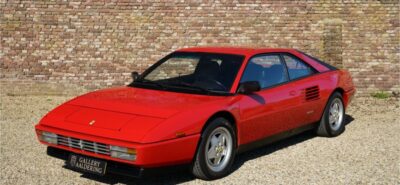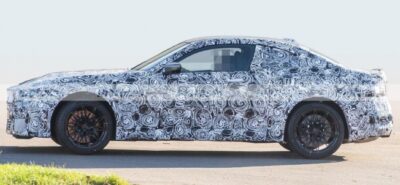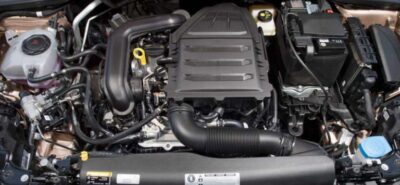McLaren Announces the P1’s Hypercar Successor
McLaren has long been a name synonymous with cutting-edge technology, blistering speed, and superior design. The announcement of the successor to its iconic P1 hypercar marks another milestone in the automotive world. A vehicle that captivated enthusiasts and set new standards in the realm of high-performance cars, the P1 has long been revered for its innovative hybrid powertrain and incredible performance figures. Now, McLaren is looking to push the boundaries once again with a new hypercar that promises to redefine the standards of the supercar world.
The Legacy of the McLaren P1
To understand the importance of McLaren’s latest announcement, it’s essential to first reflect on the legacy of the P1. Launched in 2013, the McLaren P1 was one of the first hybrid hypercars, utilizing a combination of a powerful 3.8-liter twin-turbocharged V8 engine and an electric motor to deliver jaw-dropping performance. With 903 horsepower and a top speed of 217 mph, the P1 could accelerate from 0-60 mph in just 2.8 seconds.
However, the P1 was more than just numbers. It was a technological marvel, showcasing McLaren’s expertise in aerodynamics, lightweight materials, and hybrid technology. The P1 was a limited production vehicle with only 375 units built, each one a masterpiece of engineering designed to deliver an unparalleled driving experience. Its bold, futuristic design and groundbreaking technology made it one of the most sought-after hypercars of the last decade.
The Evolution Continues: McLaren’s New Hypercar
Now, McLaren has confirmed the development of the P1’s successor. While specific details are still scarce, the company has hinted that the new hypercar will build on the foundations laid by the P1, pushing the envelope even further in terms of performance, technology, and sustainability. As the automotive industry shifts towards electrification, it’s expected that McLaren will continue to explore hybrid and electric powertrains, but with even more advanced technologies than before.
Performance Expectations: Power and Speed
McLaren’s next hypercar is expected to deliver an even higher level of performance than the P1. While the P1 set the bar high with its hybrid powertrain, the successor is likely to feature an upgraded hybrid system or potentially a fully electric powertrain. Given McLaren’s history of innovation and its commitment to performance, fans can expect the new hypercar to boast mind-boggling acceleration, horsepower, and top speeds that rival even the most advanced hypercars on the market today.
Rumors suggest that the powertrain could produce over 1,000 horsepower, making it one of the most powerful road-legal cars in the world. The blend of electric and gasoline power could result in a new benchmark for 0-60 mph times, potentially dipping below 2.5 seconds. While these figures are speculative, McLaren has proven time and again that it can achieve the seemingly impossible when it comes to engineering high-performance vehicles.
Embracing Hybrid and Electric Powertrains
One of the defining features of the P1 was its hybrid powertrain, which combined a V8 engine with an electric motor. McLaren is expected to continue its focus on hybrid technology with the new hypercar, though it’s possible that the company will lean even more heavily into electrification. The automotive world is increasingly moving towards fully electric vehicles, and while McLaren has not confirmed whether the P1 successor will be all-electric, it’s clear that the brand is committed to sustainable performance.
The possibility of a fully electric McLaren hypercar has been discussed by industry experts, and the company itself has hinted at its long-term commitment to electric technology. Whether hybrid or fully electric, McLaren’s new hypercar will likely incorporate cutting-edge battery technology, regenerative braking systems, and lightweight materials to ensure that performance remains uncompromised while embracing sustainability.
Advanced Aerodynamics and Lightweight Materials
The new hypercar will also benefit from McLaren’s ongoing research into advanced aerodynamics and lightweight construction techniques. The P1 was renowned for its active aerodynamics, which allowed the car to adjust its downforce and drag depending on driving conditions. The successor is expected to take this a step further, with even more sophisticated aerodynamic systems that enhance both performance and efficiency.
McLaren’s expertise in using carbon fiber and other lightweight materials will also play a crucial role in the design of the new hypercar. Reducing weight is essential for both performance and efficiency, and McLaren has always been at the forefront of developing ultra-lightweight, high-strength materials. The new hypercar is expected to utilize the latest in carbon fiber technology, along with other composite materials, to ensure that it is as light and nimble as possible.
Design Language: A Futuristic Vision
While official images of the P1 successor have yet to be revealed, McLaren is known for its bold, futuristic design language. The new hypercar will likely feature a sleek, aerodynamic profile with aggressive lines and a low stance. Drawing inspiration from its Formula 1 cars, McLaren will likely integrate functional design elements that enhance both performance and aesthetics.
Expect the new hypercar to include advanced lighting systems, a driver-focused cockpit, and a minimalist interior that prioritizes performance and driving experience. McLaren’s design philosophy has always centered around the idea that form follows function, and the successor to the P1 will undoubtedly reflect this approach. The hypercar’s design will not only look striking but will also contribute to its aerodynamic efficiency and overall performance.
Pushing the Boundaries of Technology
McLaren has always been a leader in automotive technology, and the successor to the P1 will likely continue this tradition. The new hypercar is expected to feature a host of cutting-edge technologies, including advanced driver assistance systems, connectivity features, and state-of-the-art infotainment options. While McLaren’s primary focus has always been on performance, the integration of modern tech features will ensure that the new hypercar offers a well-rounded driving experience.
One area where McLaren is expected to innovate is in battery technology. The P1’s successor will likely benefit from the latest advancements in energy storage, allowing for longer electric-only driving ranges, faster charging times, and improved energy regeneration. As battery technology continues to evolve, McLaren will likely leverage these innovations to enhance both performance and sustainability.
The Future of Hypercars
The announcement of McLaren’s P1 successor is not just significant for the brand itself, but for the entire automotive industry. As more manufacturers explore hybrid and electric powertrains, McLaren’s latest hypercar will serve as a benchmark for what is possible in the realm of high-performance, sustainable vehicles.
McLaren’s dedication to pushing the boundaries of performance, design, and technology has solidified its place as one of the most respected names in the automotive world. With the successor to the P1, the company is poised to lead the next generation of hypercars, setting new standards for speed, innovation, and environmental responsibility.
In a world where the future of automotive performance is increasingly electric, McLaren’s new hypercar will be a symbol of what can be achieved when cutting-edge technology meets the passion for driving. For enthusiasts and collectors alike, the wait for McLaren’s next masterpiece has officially begun—and it promises to be nothing short of spectacular.





